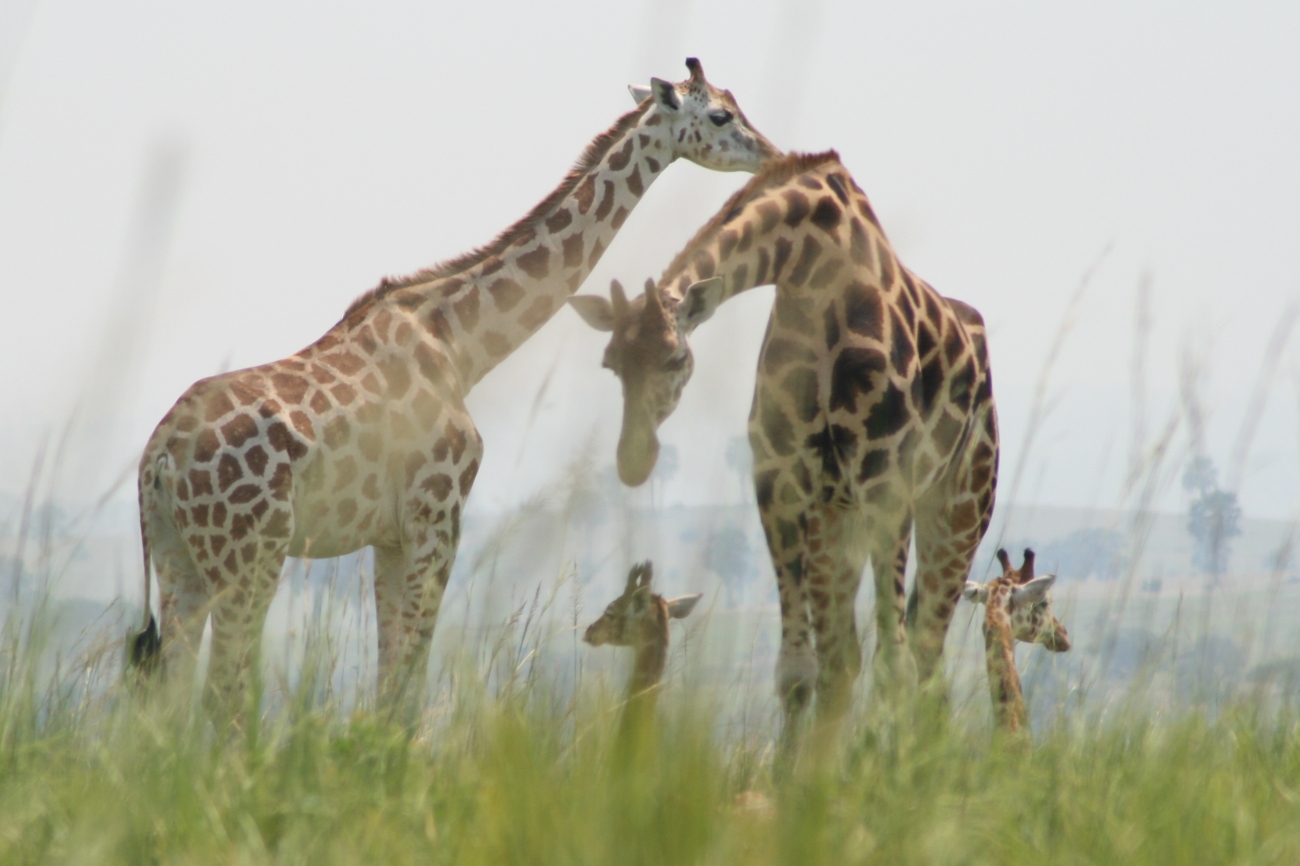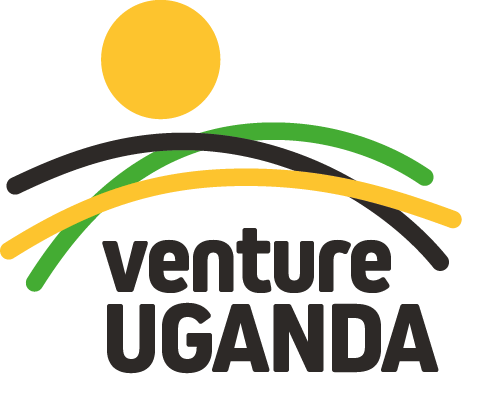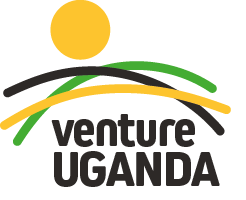
04 May What conservation projects can I visit in Uganda?
Protecting Uganda’s wildlife and heritage is of vital importance. Thanks to a number of locally run organisations and initiatives, great strides have been made in preserving the nation’s numerous assets and laying the foundations for a thriving future. For visitors to Uganda, taking the time to explore these projects is an opportunity to learn about the value of conservation and the communities who work so hard on behalf of our country’s rich natural resources.
Although there is still much work to be done, there have been many success stories too. Gorilla numbers are growing. Meanwhile, a rhino breeding programme means that, where these magnificent creatures were once completely wiped out from Uganda, now there are plans for a careful reintroduction into our national parks.
It’s a remarkable achievement and one that benefits the local economy through the creation of jobs in research and tourism.
Uganda Wildlife Authority (UWA)
UWA is a Government agency that has been established to ensure the sustainable management of wildlife resources and is at the forefront of the battle against poaching. The organisation supervises wildlife activities in Uganda in both protected and outside protected areas.
UWA also manages all national parks and protects all other sites that attract tourists which include bird watching sites, chimpanzee, gorilla, golden monkey tracking experiences and habituation, boat trips, nature walks, sport fishing and mountain climbing.
Uganda Wildlife Education Centre (UWEC), Entebbe
UWEC, a former zoo, is located in Entebbe on the shores of Lake Victoria. Today, it rescues injured, sick or stressed animals, releasing them back into the wild where possible. As well as exhibiting some of the wildlife that can be seen elsewhere in Uganda, the organisation breeds species which are at risk of extinction in the wild.
UWEC also plays a major role in conservation and environmental protection with projects such as wetland restoration and conservation education, alongside partnerships with many zoos and aquariums around the world.
At UWEC, visitors can take a tour to learn more about wildlife and the need to conserve and peacefully coexist with it. Alternatively, there are behind-the-scenes experiences which allow people to get close to animals, participating in hands-on-activities such as preparing meals and feeding.
It is also possible to learn about plants and their medicinal values on a nature walk or go birding around the site including through forested areas.
Nature Uganda
(based in Kampala with projects around the country)
Nature Uganda is a leading conservation organisation and Uganda’s BirdLife International partner. The organisation champions the protection of birds and their habitats including the Mabamba Wetlands, home of the famous Shoebill.
Nature Uganda has taken a lead in the protection of Ramsar sites in Uganda (wetlands designated as, ‘of international importance’). It also helps to organise the annual Big Birding Day, with a 24-hour birdwatching contest held in national parks, reserves, homes and schools across the country.
Venture Uganda guests are welcome to attend public talks, nature walks and conservation activities arranged by Nature Uganda if they coincide with their visit.
Ngamba Island Chimpanzee Sanctuary (off Entebbe)
Ngamba Island is home to around 50 orphaned chimpanzees rescued from across East Africa and is a centre for research and education conservation. The project provides a safe home for rescued chimpanzees while also caring for the environment and other wildlife on the island.
The island can be accessed by boat on Lake Victoria. Activities at the sanctuary include chimpanzee feeding, visiting neighbouring fishing villages, enjoying a sunset cruise, sampling a community cultural experience and local fishing. There are also volunteering opportunities. Accommodation and meals are available at the sanctuary.
Ziwa Rhino Sanctuary
(around 3 hours north of Kampala, en route to Murchison Falls National Park)
Rhinos were wiped out in Uganda in the 1980s but thanks to the rhino reintroduction project at Ziwa, these magnificent animals have made a return.
The sanctuary, a collaboration between Rhino Fund Uganda and Uganda Wildlife Authority, is home to southern white rhinos alongside other wildlife including bush buck, aardvark, pangolin and the much sought-after Shoebill.
Rhino numbers continue to grow and, with time, they will be re-introduced into Uganda’s national parks. The sanctuary also creates conservation awareness among communities, especially in schools, and hosts volunteers who engage in research activities.
Tourists can discover more about the rhino and the sanctuary’s conservation work on a rhino tracking experience. This usually takes between 1.5 and 2 hours, with small groups being led on foot by rangers to view the animals going about their daily activities – grazing, sleeping and even breast-feeding.
Visitors to the sanctuary can also enjoy a spot of lunch, bird watching and nature walks, while accommodation is available just outside the park boundary.
Bigodi Wetland Sanctuary
(neighbouring Kibale National Park)
This community initiative was established to protect a local swamp and its surrounding environment. It is a great example of a community-based approach to natural resource management.
The sanctuary is a paradise for birders with a checklist of around 200 species. A number of primate species also visit the swamp.
Tourists can take a guided nature walk around the swamp or visit the community to participate in activities such as preparing local food, learning about local culture and the health and education benefits of the project.
The Reptile Village (Entebbe)
The Uganda Reptile Village, situated 3km off the Kampala-Entebbe highway, was established in 2002 by Yasin Kazibwe – a reptile expert – with the aim of protecting and conserving different reptile species and natural resources like forests and swamps.
It is home to more than 50 species of reptiles including boomslangs, cobras, skinks, chameleons, tortoises and monitor lizards, many of which were rescued from near death and taken to the village.
Budongo forest
(en route to Murchison Falls National Park)
Budongo forest is a beautiful tropical rainforest, adjacent to Murchison Falls National Park and surrounded by vast sugar cane plantations. Deep within the forest lies a university research station responsible for conservation education in the surrounding communities as well as research into the forest and its inhabitants.
Budongo is home to several tropical animals including our closest relative, the chimpanzee. Visitors can track the chimps for a half-day, spending an hour with them when they find them or enjoy a full-day habituation experience.
The forest is also a superb bird watching destination with popular sites at The Royal Mile and Busingiro. Species to look out for include White-thighed Hornbill, Chocolate-backed Kingfisher and Yellow-browed Camaroptera as well as many seasonal butterflies. Expert site guides are available to help birders make the most of their visit.
The Royal Mile was once a leisure spot for the Kings of the Bunyoro-Kitara kingdom and a local guide will share some of the history and culture of the area. This may include a visit to the Polish church, once at the heart of a community of World War II refugees, and following in the footsteps of author Ernest Hemmingway who lived not far from Budongo. Actors Humphrey Bogart and Katharine Hepburn also stayed here during the filming of The African Queen.
The nearby town of Masindi offers tourist activities such as local walks and a mango farm visit.
Conservation Through Public Health (CTPH)
Conservation through public health was founded by gorilla vet Dr Gladys Kalema Zikusoka in 2003. It operates in the areas of Bwindi, Virunga, Pian Upe and Mt Elgon.
The project promotes biodiversity conservation by supporting healthcare initiatives for both wildlife and the local communities. For example, CTPH monitors gorilla health and conducts research that aims to control disease transmission. In doing so, it helps to protect the wildlife from which many locals derive a living, encourages the community to value biodiversity and also funds community health centres.
Tourists can visit the health centres or spend time with conservation staff.
Uganda Conservation Foundation (UCF, based in Kampala)
UCF is involved in park recovery. It has major aims of recovering and reconnecting neglected protected areas and supporting the recovery of their wildlife populations, mitigating human-wildlife conflict and improving the livelihoods of communities close to protected areas through promoting wildlife-compatible livelihoods.
Private visits can be arranged for Venture Uganda clients to visit UCF projects and meet their staff, where appropriate.
Gorilla Doctors
(based around Bwindi and Mgahinga national parks)
Gorilla doctors operate in the countries of Uganda, Rwanda and Congo.
They monitor gorillas to control disease transmission, treat snare injuries and save orphaned gorillas.
Tourists can track gorillas accompanied by a Gorilla Doctor or other conservation staff who provide a wealth of information during the activity. Alternatively, the Doctors can give talks about their work at the visitors’ accommodation.
Giraffe conservation
Numbers of Nubian (formerly Rothschild’s) giraffe are precariously low and efforts are ongoing to boost populations and spread their range. There have been several translocations in recent years with the giraffe successfully breeding in their new homes. Research and monitoring are ongoing with some giraffe being fitted with trackers. Anti-poaching campaigns are also ongoing and include giraffe as they often get caught and injured in snares and traps intended to catch other animals.
Conservation education initiatives aim to educate people about giraffes and other animals and promote a better understanding of wildlife, its contribution and the need for protection. This includes supporting alternative livelihoods, including involvement in tourism, to encourage communities to value and protect nature.
Currently you can search for giraffe in three of Uganda’s national parks: Murchison Falls, Lake Mburo and Kidepo Valley. Guides and rangers can offer lots of information about these animals during a game drive or safari walk.
Deo and Agartha community tourism projects (Ishasha)
Deo and Agartha are neighbours living in Ishasha, at the edges of Queen Elizabeth National Park. A visit provides an insight into rural life in Uganda and the ways in which they reduce human-wildlife conflict especially crop raiding by animals from the national park.
Deo offers a tour around his organic farm, medicinal garden and homestead. Visitors can participate in activities such maintaining the elephant trenches that protect his gardens from elephants.
Agartha and her community group offer a Taste of Uganda Tour during which she shares her story as a Mukiga woman while demonstrating the process of sorting, pounding, willowing and grinding millet to make millet porridge and the preparation of Bakiga meals.
In 2015 the group won the Uganda Tourism Board’s Excellence Awards for the Best Community Tourism Initiative.
Venture Uganda can arrange private visits to different conservation projects, depending on your area of interest. To incorporate a visit to a conservation project as part of your Uganda travel itinerary, complete our enquiry form or email us at enquires@ventureuganda.org



